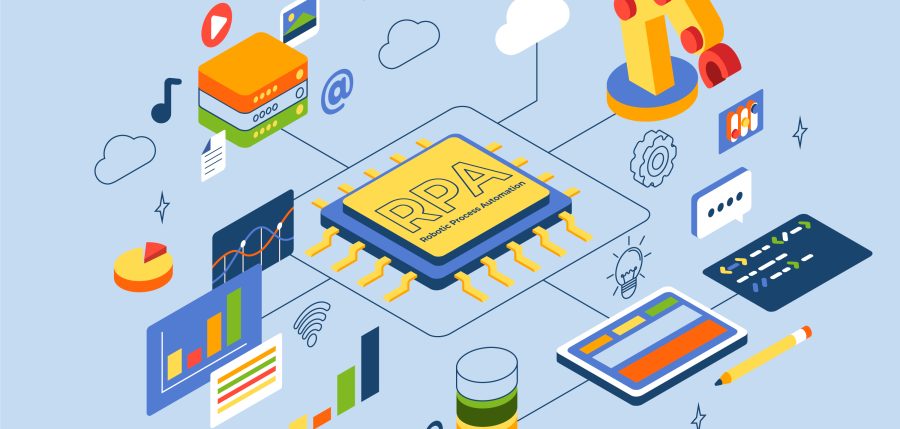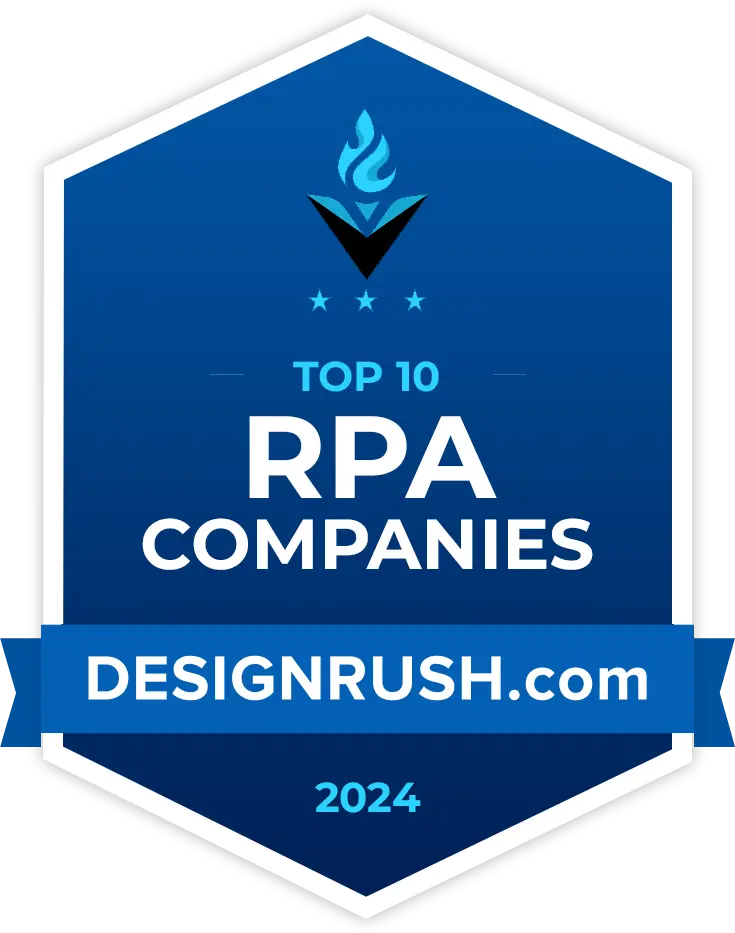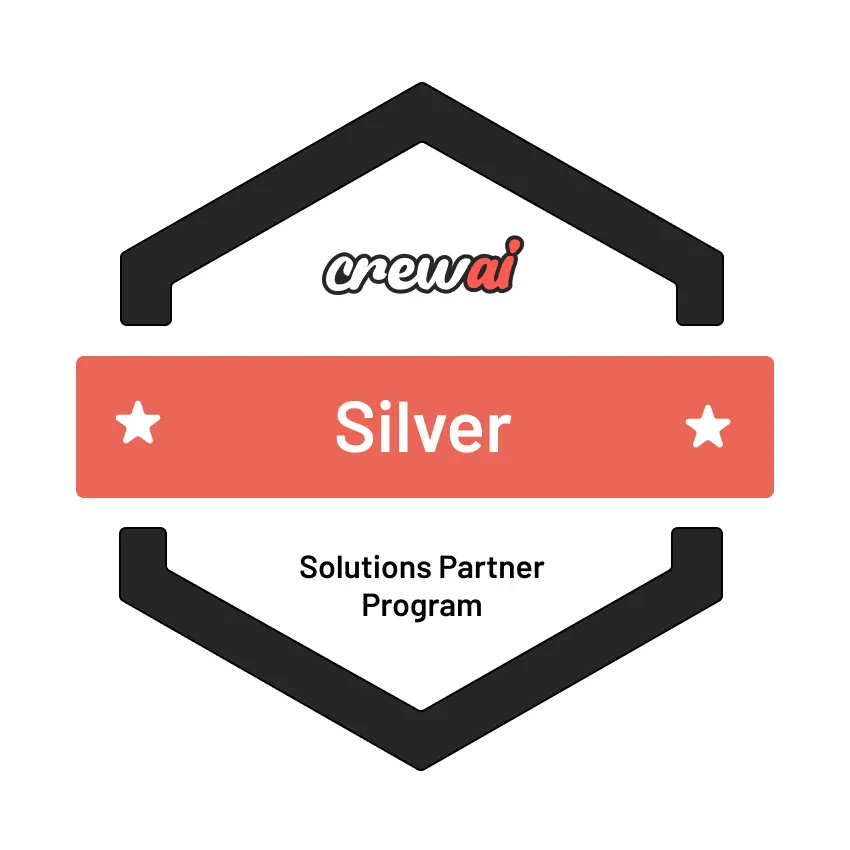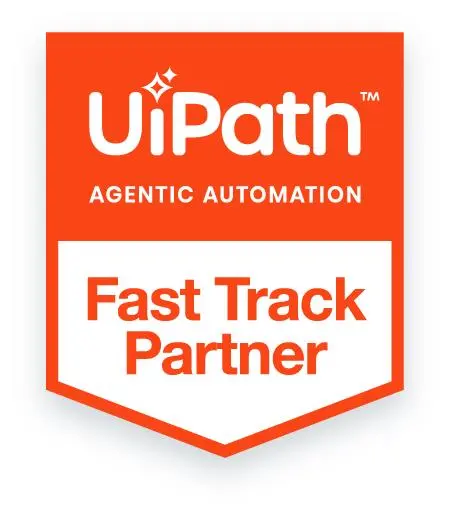
The healthcare industry is constantly under pressure to improve patient outcomes while controlling costs. As the complexity of care delivery increases, traditional methods struggle to keep pace. Enter hyper-automation technology, a revolutionary approach that combines artificial intelligence (AI), robotic process automation (RPA), and machine learning to streamline processes, reduce errors, and elevate the patient experience.
At Auxiliobits, hyper-automation technology represents the future of patient care, reshaping how healthcare organizations manage operations and deliver services. But how exactly does it work, and what are the tangible benefits?
What is Hyper Automation Technology?
Hyper automation is more than just automating tasks; it’s about creating an ecosystem where multiple advanced technologies work together to automate complex processes across an entire organization. In the healthcare context, this involves the use of robotic process automation for healthcare to manage routine administrative tasks like scheduling, billing, claims processing, and patient data management. Paired with AI, these systems become smarter over time, learning from the data to improve efficiency and decision-making.
At Auxiliobits, we help healthcare providers deploy hyper-automation technology to create seamless and efficient operations. By automating repetitive and time-consuming tasks, healthcare professionals can focus on what truly matters: patient care.
The Role of Robotic Process Automation (RPA)
Robotic process automation (RPA) for healthcare is one of the most essential pillars of hyper-automation. RPA uses software robots, or “bots,” to perform tasks that humans traditionally handle. These tasks range from data entry and claims processing to appointment scheduling and insurance verification. The critical difference between RPA and traditional automation is that RPA can work with existing systems without the need for costly infrastructure changes.
At Auxiliobits, we specialize in designing and implementing RPA systems that integrate seamlessly with healthcare workflows. Our solutions ensure that the complex and often fragmented data systems in healthcare can be connected, enabling smoother operations and quicker decision-making. The benefits of RPA in healthcare are undeniable:
- Improved Efficiency: Tasks that once took hours can now be completed in minutes.
- Error Reduction: Bots follow predefined rules, reducing the risk of human error.
- Cost Savings: With fewer manual interventions required, operational costs are significantly reduced.
For healthcare providers, this means better patient care through faster response times, fewer administrative bottlenecks, and more time to focus on treatment rather than paperwork.
Benefits of Hyper Automation in Patient Care
The combination of hyper-automation technology and RPA is particularly impactful in healthcare. Here’s how it transforms patient care:
Faster Access to Medical Records
Managing patient data is one of the most time-consuming tasks in healthcare. Whether it’s retrieving past medical history or updating patient charts, manual data management can delay patient care. Hyper Automation allows healthcare providers to access, update, and share medical records instantly, ensuring that no time is wasted during consultations or treatment planning.
Error-Free Claims Processing
Billing and claims processing are critical areas where errors can lead to delayed payments or, worse, denied claims. With robotic process automation for healthcare, Auxiliobits has enabled many healthcare organizations to automate these processes, reducing errors and ensuring that claims are processed quickly and accurately. This not only improves cash flow for healthcare providers but also reduces stress for patients.
Enhanced Patient Experience
Automating administrative tasks can greatly improve the patient experience. By streamlining appointment scheduling, minimizing wait times, and automating follow-up care instructions, patients receive quicker, more efficient care. Hyper automation ensures that every touchpoint of the patient journey is optimized, making healthcare more accessible and user-friendly.
Scalability and Flexibility
Healthcare needs can fluctuate rapidly, especially during crises such as a pandemic. Hyper Automation provides healthcare systems with the flexibility to scale up or down as needed. Whether handling a sudden influx of patient appointments or processing large amounts of data during an outbreak, Auxiliobits’ hyper-automation technology can adapt quickly to meet the demand.
The Future of Hyper Automation in Healthcare
As healthcare organizations continue to adopt hyper-automation technology, we at Auxiliobits see the potential for even more transformative changes on the horizon. AI-driven diagnostics, personalized treatment plans, and even AI-assisted surgeries are just a few examples of what could be achieved when automation is paired with cutting-edge technologies. The integration of AI and machine learning will further enable predictive analytics, allowing healthcare providers to anticipate patient needs before they arise.
Additionally, the data generated through automated processes can be used to improve healthcare outcomes on a larger scale. By analyzing trends and patterns in patient data, healthcare systems can identify areas for improvement, develop more effective treatments, and streamline operations to reduce waste and inefficiencies.
Challenges and Considerations
While the benefits of hyper-automation in healthcare are immense, it’s important to acknowledge the challenges that come with implementing these technologies. Data security is a top concern, as healthcare data is highly sensitive and must be protected at all costs. At Auxiliobits, we prioritize data security in every solution we implement, ensuring that all systems are compliant with industry standards and regulations.
Moreover, integrating new technologies into legacy systems can be challenging. Many healthcare providers operate with outdated infrastructure, and transitioning to an automated environment can seem daunting. However, with the right approach and support, these challenges can be overcome. Our team at Auxiliobits works closely with healthcare organizations to ensure that the transition to automation is smooth and minimally disruptive.
Conclusion:
As we look to the future, hyper-automation technology will play an integral role in shaping the healthcare landscape. At Auxiliobits, we are committed to helping healthcare providers harness the power of robotic process automation in healthcare to improve patient outcomes, streamline operations, and reduce costs. The journey toward fully automated healthcare may still be in its early stages, but the benefits are already clear.
If your organization is ready to take the next step in digital transformation, we invite you to explore the possibilities of hyper-automation with Auxiliobits. Contact us today to learn how our tailored automation solutions can transform your patient care processes and set you on the path to success.








